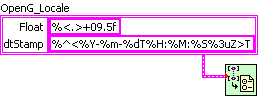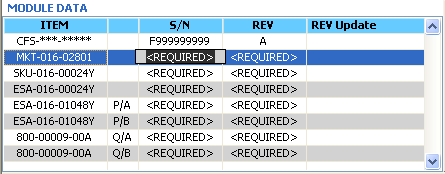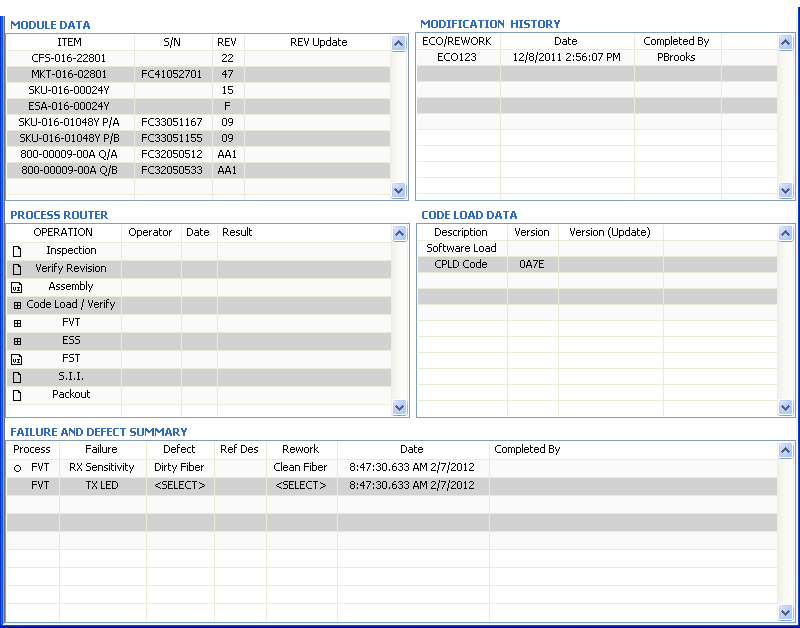
Phillip Brooks
-
Posts
914 -
Joined
-
Last visited
-
Days Won
53
Content Type
Profiles
Forums
Downloads
Gallery
Everything posted by Phillip Brooks
-
"People create programs to direct processes. In effect, we conjure the spirits of the computer with our spells." Only if the program manipulates something in the physical world (LabVIEW!) - http://goo.gl/MGDx
-
I know all of use could have used one of these after a LabVIEW coding marathon - http://goo.gl/e1tL6






